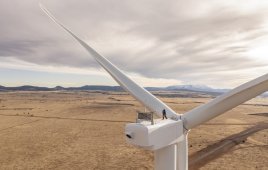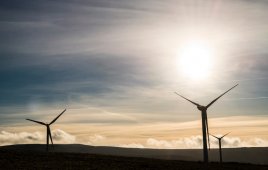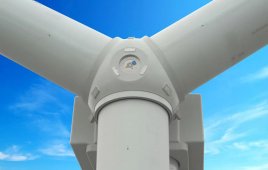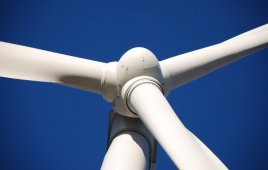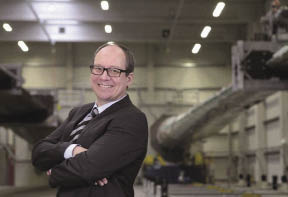 To the untrained eye, there is little similarity between a car and a wind turbine. But to someone with a creative mind and commitment to improvement, the similarities are compelling. Even though the worldwide number of installed turbines today only equals the number of passenger cars produced in a single day, the underlying management and production principles from the mature automotive industry can effectively transfer to the production of wind turbines.
To the untrained eye, there is little similarity between a car and a wind turbine. But to someone with a creative mind and commitment to improvement, the similarities are compelling. Even though the worldwide number of installed turbines today only equals the number of passenger cars produced in a single day, the underlying management and production principles from the mature automotive industry can effectively transfer to the production of wind turbines.
When Marc Sielemann, Nordex’ Chief Operations Officer, examined the company’s manufacturing processes he saw an opportunity for improvement. Having spent many years in the commercial vehicle industry in Europe, he saw the benefits of streamlined production, new materials, and inventory-management procedures. He was determined to bring these benefits – cost savings, higher quality, faster throughput, minimized downtimes, increased capacity – to Nordex’ production of wind turbines.
Sielemann recognized that for the company to maximize the value of these types of improvements, there had to be a corresponding leap forward in the product line. The multi-disciplinary team that created the newest addition to the Nordex multi-megawatt turbine family, the N117/2400, worked under Marc’s maxim: Be bold and push the boundaries.
They did. To achieve ambitious targets the team turned to new materials and new ways of working. They fast-tracked development based on new design methods. Their focus changed from a “heavy and robust” model to “stable and efficient,” while maintaining the strength and reliability for which Nordex machines are known. For example, the 58.5-m blade is an important design innovation that creates significant competitive advantage. Using carbon-fiber-reinforced plastic, the team added 8.5m to the blade length while reducing its weight.
Filed Under: Featured, Turbines

